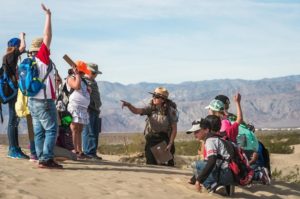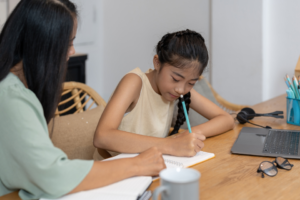
Creating Educational Field Trips
It can be difficult being in the same classroom six hours a day, five days a week. Not only for the kids, but for the teacher as well. It is easy to see how students might lose focus or daydream during class a bit when they are faced with the same routine over and over. No matter how well you plan exciting lesson plans for the classroom, students will develop the habit of tuning it all out now and then. This is why field trips offer a good escape from the ordinary school day, but they also do much more than that.
Field Trips Are Much More than a Day Away from School
There are a few field trips that provide a simple relief from school. Perhaps the kids are able to attend a movie at the local theater or earn a special lunch at the restaurant down the street. These are designed to just give the kids a break from the school atmosphere and include a bit of playfulness into their day.
However, most of our field trips are educational in purpose. And as educators, we should do our best to tie it into what we are learning in the classroom. Parents should be trying to do this at home as well. If a child has more background knowledge on the subject, they will enjoy the field trip more and be able to acquire more information from it than if they were just attending the field trip without any prior learning beforehand. For the weeks leading up the field trip, you should take some time for every subject and relate it in such a way to the field trip that it will get the students thinking.
How to Approach Educational Field Trips
Field trips can definitely enhance learning. There are those students that can learn fine from a textbook or a classroom discussion. But on the other hand, there are several types of different learners in your class. I’ll admit that when I was a student, I learned best from demonstrations or videos. The rest of the time, I am sure I drove my teachers up the wall. There are those that are visual and physical learners, and introducing them to actual historic sites or museum artifacts will bring everything to life for them.
It can leave you scratching your head when a guest speaker comes into the classroom and has no trouble reaching even your most difficult students. A kid that hardly ever listens to his parents or a teacher can mystify you by coming to life when another adult starts discussing educational topics with them. Perhaps all they need to hear is a different voice than the ones they are always listening to each day. And this is the perfect situation for a field trip with an educational tour guide attached to the experience. They can often bring a sense of excitement and knowledge to something that we cannot just because this is what they do day after day. They have experience drawing students into this particular topic. They have probably developed years of expertise on this theme. By the end of the field trip, you will be wondering how you can take the tour guide back to your classroom as a permanent fixture.
Being able to bring an authentic approach to learning is essential for today’s students. You can speak about how huge dinosaurs used to be, but until the students are at the museum looking at the skeletons, it is hard for them to fathom it. This goes for almost every lesson you teach. If you can bring in an authentic real life approach to it all by incorporating things you can actually see and touch (although please don’t touch the dinosaur skeleton), then the students will have an easier time understanding. Class trips and educational tours offer this by letting the students experience these things first hand. It adds much more to the curriculum than a worksheet ever could.
Need Help Developing Lesson Plans for Field Trips?
If this is a new concept for you after years of teaching, or maybe you are a first year teacher that is just trying to keep up with the school year, iAchieve can be of assistance in guiding you along the right path. We offer Professional Development programs for almost all educational situations.
Written by Ryan Crawley
RELATED POSTS



